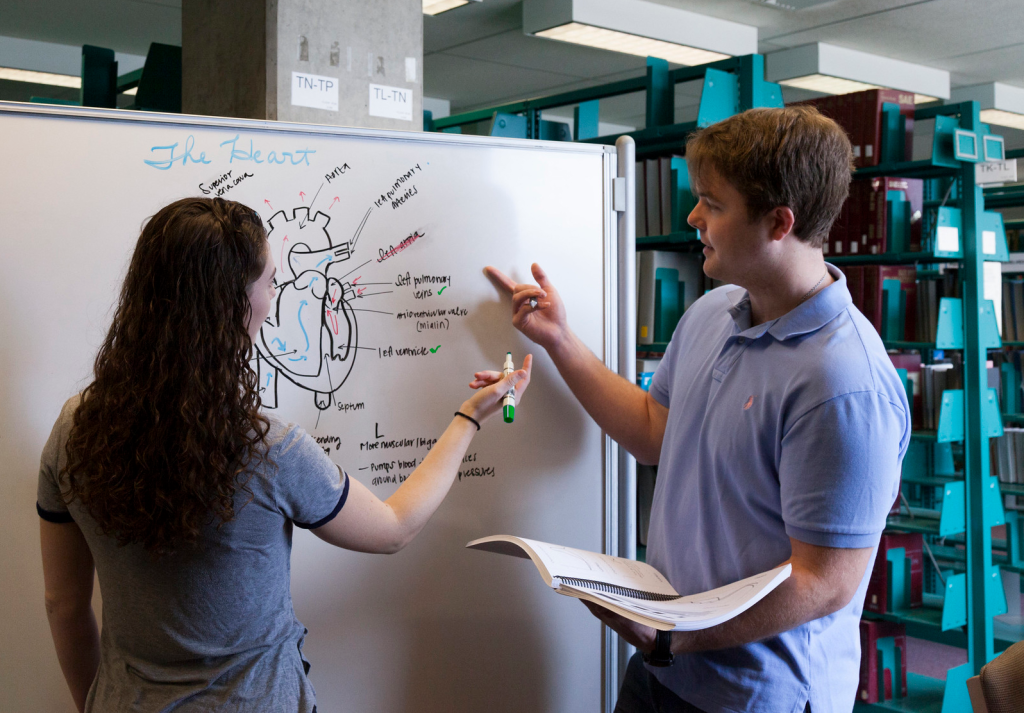Differentiating Learning and Assessment Strategies
In the previous post, we looked at differentiating the content being taught and the resources being used in our classrooms. Another way that learning can be made meaningful and accessible to all students is to use a variety of learning and assessment strategies. This if often referred to as differentiating by “process” and “product”.
Differentiating by Process
In order to learn, students not only need to encounter new information in a way that is accessible to them, but also to do something with that information in order to make sense of it and connect it to prior knowledge. This “sense making” can happen in a variety of ways…
- Actively. Some students benefit from physically working with the information… building models, acting out scenarios, experimenting with materials.
- Pragmatically. Some students are drawn to putting the information into action to solve problems… proposals to address real or hypothetical scenarios, “how-to” manuals or diagrams.
- Theoretically. Other students learn best when they can take ideas and form them into generalizations or systems… summary statements, lists or charts, diagrams.
- Reflectively. And some students like to take time to ponder, to ask questions, to consider possibilities… writing and/or drawing in a journal, discussing ideas with peers.
The possibilities for differentiation here are almost unlimited. If the teacher offers a small number of choices for activities that suit the concepts and skills to be learned, students can self-select a strategy that is likely to be of most benefit to him/her.
Differentiating by Product
It is likely that there is more than one way that a student could demonstrate their degree of mastery of the learning goals (core concepts and skills) for a unit of study. Some of the different learning activities mentioned above naturally lead themselves to creating a “product” of some sort that can be used for assessment. For example, an active student who is processing important ideas by creating a model could refine and develop that model as part of their assessment. Another student may demonstrate the same concepts and skills by creating a visual or multi-media presentation. This approach to assessment gives students the opportunity to “play to their strengths”, which also increases motivation and perseverance.
How have you experienced differentiating by “process” and “product”? What questions or concerns do you still have about this idea? Share your thoughts in the comments below.


Comments